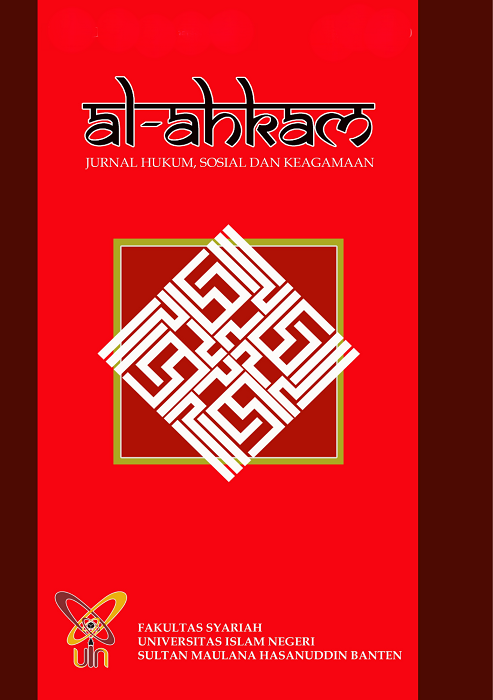The Role Of The Customary Head In Alternative Land Dispute Resolution In Batu Tuhup Village
DOI:
https://doi.org/10.37035/ajh.v19i1.7999Abstrak
This study discusses the role of adat / customary mantir in alternative land dispute resolution in Batu Tuhup Village, Murung Raya Regency, Central Kalimantan Province. Some factors causing land disputes in Batu Tuhup Village are unclear land boundaries between communities, these lands also sometimes lack clear land certificates and the characteristic of increasing land selling prices. Customary law is a community law that has developed from generation to generation. As an authentic law that grows in Indonesian society, disputes among indigenous peoples can be resolved according to custom as an alternative to dispute resolution. This analytical descriptive research method collects data to describe or present an image of an object under study. While this research is the field in nature, namely seeking an expression of meaning by searching for data in the form of interviews with villages, traditional leaders, and traditional heads/mantir adat. The results of this study are the role of the customary head as a facilitator who becomes a liaison between the disputing parties, as well as a mediator for the disputing parties, a leader of the customary court, as well as a judge of peace in making decisions on land dispute resolution in the customary deliberation process.
Keywords: customary head, alternative dispute resolution, customary law
Unduhan
##submission.downloads##
Diterbitkan
Versi
- 2023-07-27 (2)
- 2023-07-01 (1)
Cara Mengutip
Terbitan
Bagian
Lisensi
Hak Cipta (c) 2023 Retno Sukma Putra, Akhmad Kamil Rizani, Aris Sunandar Suradilaga

Artikel ini berlisensiCreative Commons Attribution-ShareAlike 4.0 International License.










